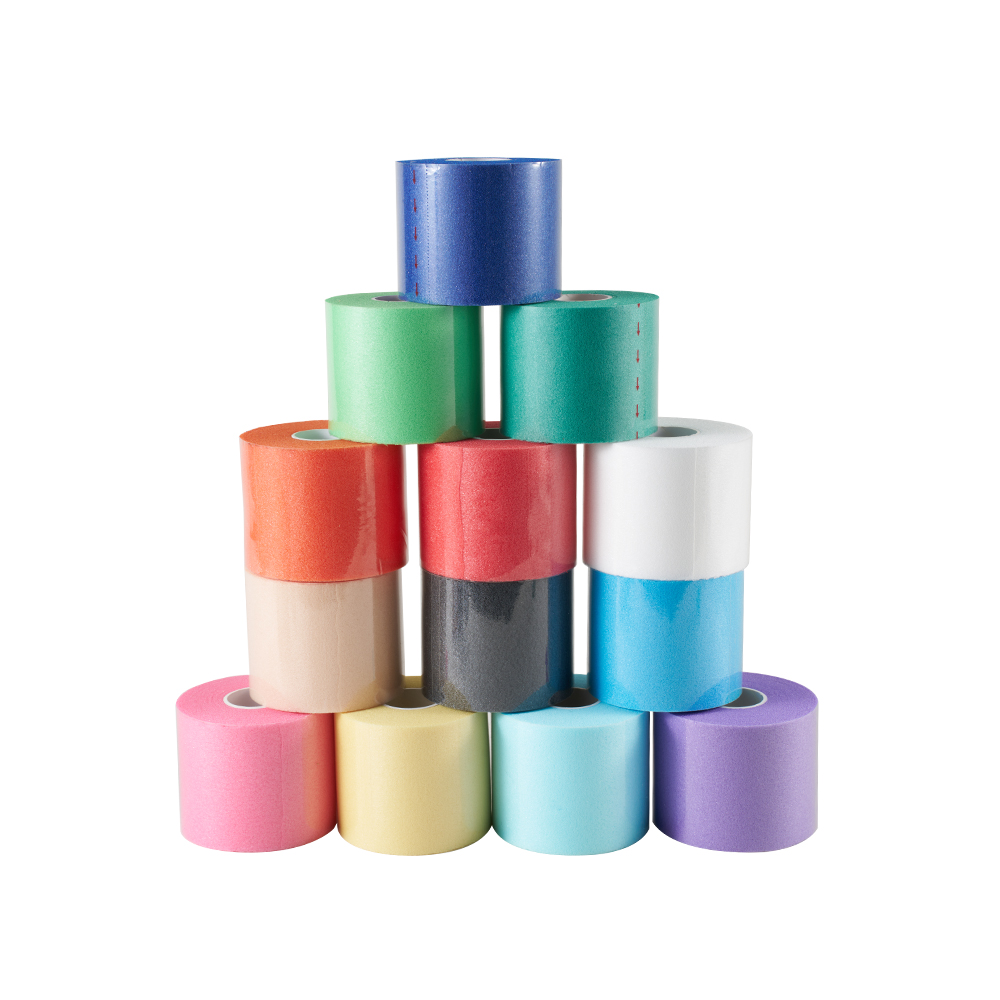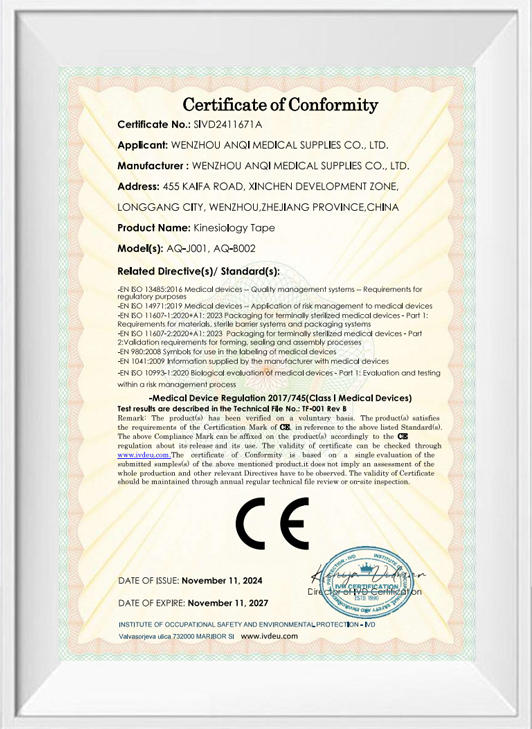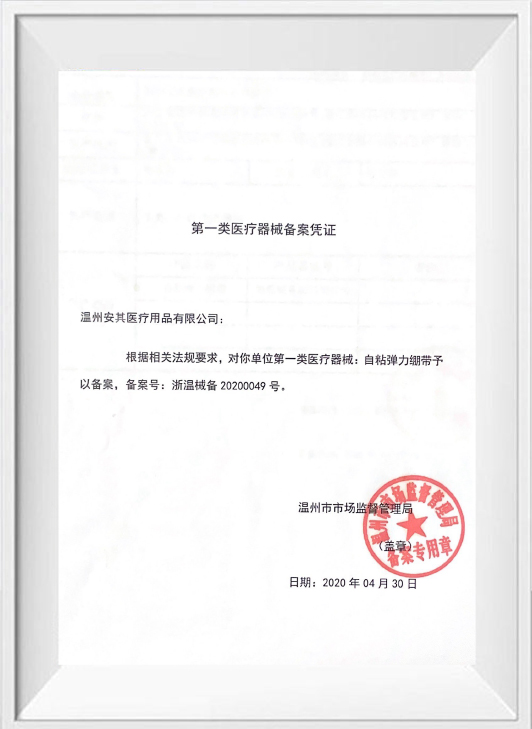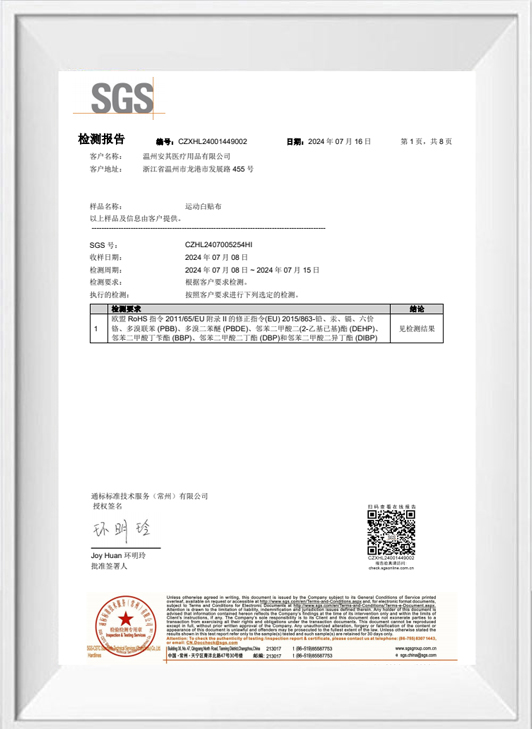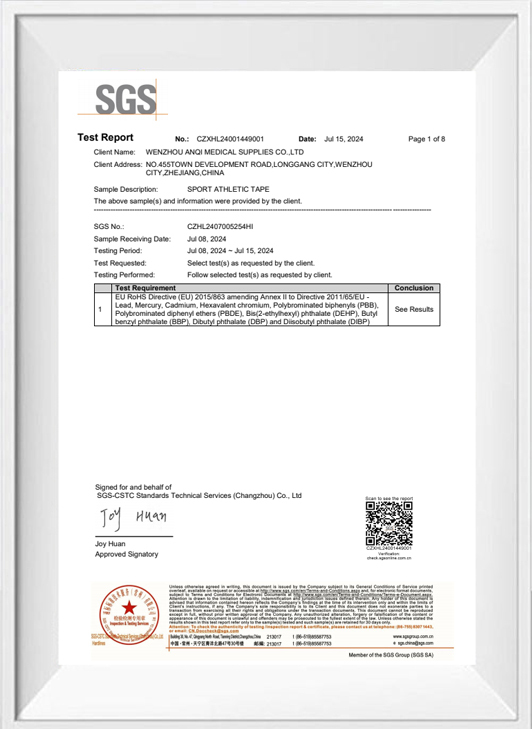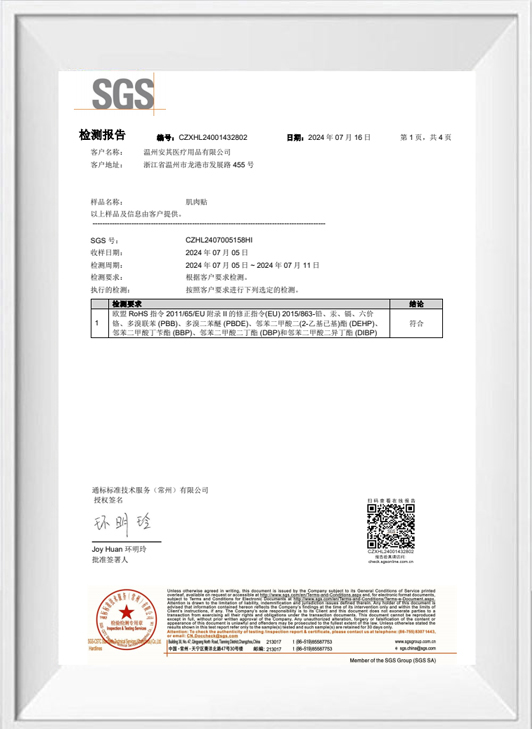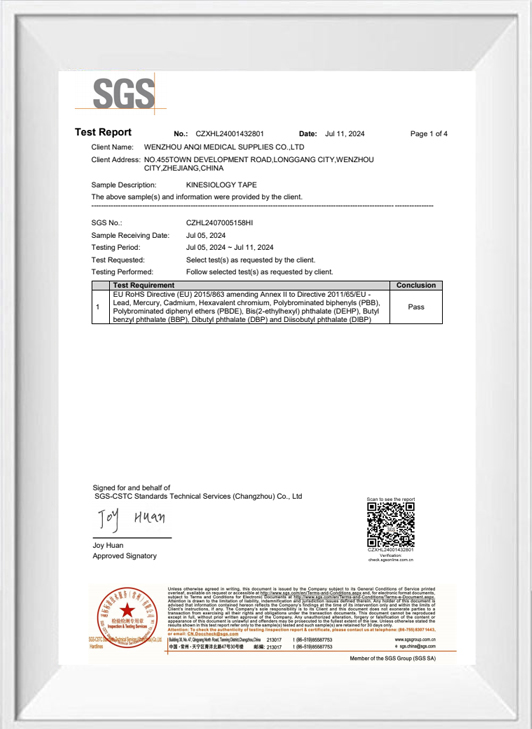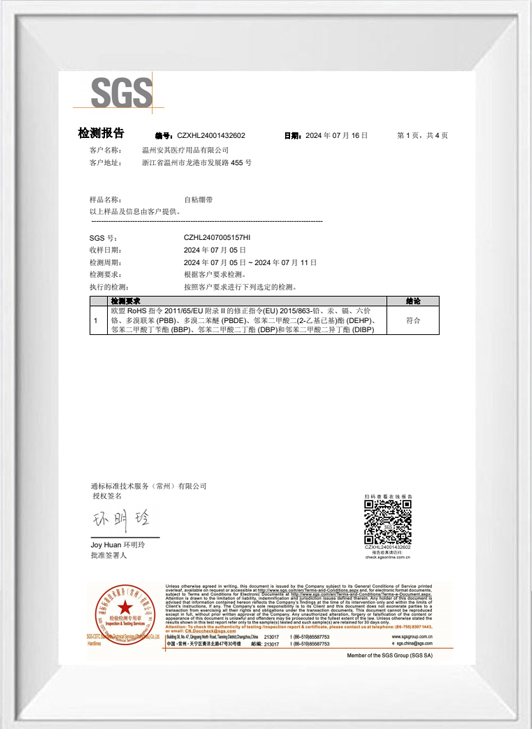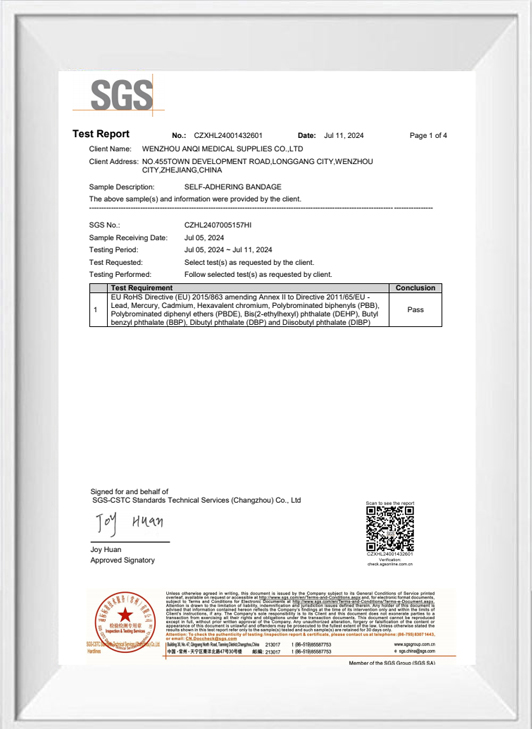Athletic tape is a ubiquitous sight in gyms, on playing fields, and in rehabilitation clinics. Cotton sport tape, often referred to by its common name...
READ MORE
-
-
The market for body-shaping and lingerie-related products has grown substantially over the past decade. Among these products, the Boob Tape Breast Lif...
READ MORE -
Precut Kinesiology Tape For Knee has become a popular tool for athletes, physiotherapists, and individuals recovering from knee injuries. Its design p...
READ MORE -
Understanding When to Replace Your Boob Tape Breast Lift Tape The step in the replacement process is knowing when it's time to say goodbye to your cur...
READ MORE
What Are the Steps in the Production of Underwear Accessories Strapping Tape?
Underwear accessories strapping tape plays a crucial role in the production of high-quality undergarments, as it enhances comfort, durability, and flexibility in everyday wear. These tapes are widely used in the apparel industry to secure seams, hems, and various other components of underwear designs, ensuring a seamless and smooth fit. The production of such tapes involves a meticulous series of steps that ensure they meet the required standards for strength, flexibility, and adhesive quality.
Material Selection: The step in the production of underwear accessories strapping tape is selecting the appropriate materials. Typically, these tapes are made from a combination of polyester, nylon, or other synthetic fibers that offer strength, durability, and stretchability. The adhesive used is often a soft, pressure-sensitive adhesive (PSA) designed to bond well to fabric without leaving residue or irritating the skin.
Weaving or Knitting the Fabric: Once the material is selected, the next step is to weave or knit it into a fabric that forms the base of the tape. This fabric needs to be lightweight yet strong, with just enough stretch to accommodate the contours of the body while maintaining its form over time. The weaving or knitting process ensures the tape is flexible and can handle movement without tearing or becoming damaged.
Coating with Adhesive: After the fabric is prepared, it undergoes an adhesive coating process. The pressure-sensitive adhesive is applied evenly to one side of the fabric, allowing it to bond securely to clothing. The adhesive must be of high quality to ensure it stays in place without causing discomfort, even during repeated use or washing. Manufacturers often apply the adhesive in thin layers to avoid bulkiness, ensuring that the tape remains lightweight and unobtrusive.
Curing or Drying: Following the adhesive application, the tape must be cured or dried to solidify the adhesive bond. This can be done through heat or air-drying processes, depending on the type of adhesive used. The curing process ensures that the adhesive will not peel off easily during wear, making it a reliable choice for underwear and other apparel products.
What Are the Characteristics of Pre-Wrap Athletic Foam Underwrap Tape?
Pre-wrap athletic foam underwrap tape is a popular product in sports medicine, particularly for athletes who require additional protection and comfort during physical activity. This type of tape is designed to be used as a base layer under traditional athletic tape, offering a cushion to the skin and improving the effectiveness of taping applications. While its benefits are well-known, it's essential to understand the characteristics that make pre-wrap foam underwrap tape particularly suitable for athletic use.
Lightweight and Flexible: One of the primary characteristics of pre-wrap athletic foam underwrap tape is its lightweight and flexible nature. The foam material provides a soft cushioning layer without adding unnecessary weight or bulk. This allows athletes to move freely without feeling restricted, while still offering a supportive foundation for athletic tape.
Skin Protection: Pre-wrap tape is specifically designed to protect the skin during taping. When athletes undergo intensive physical activity, the constant friction from traditional adhesive tapes can cause irritation, redness, and discomfort. The foam underwrap acts as a barrier, direct contact between the skin and the adhesive tape. This helps to reduce the risk of abrasions, rashes, or allergic reactions, allowing athletes to focus on their performance.
Improved Adhesion: Though pre-wrap foam is not adhesive on its own, it helps improve the adhesion of the athletic tape that's applied over it. By creating a smooth, even surface, the foam ensures that the athletic tape sticks securely without shifting or rolling during physical activity. This enhances the effectiveness of the taping job, providing more consistent support and stability to the joints and muscles being treated.

 English
English русский
русский 中文简体
中文简体 Español
Español Deutsch
Deutsch عربى
عربى